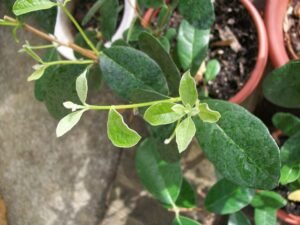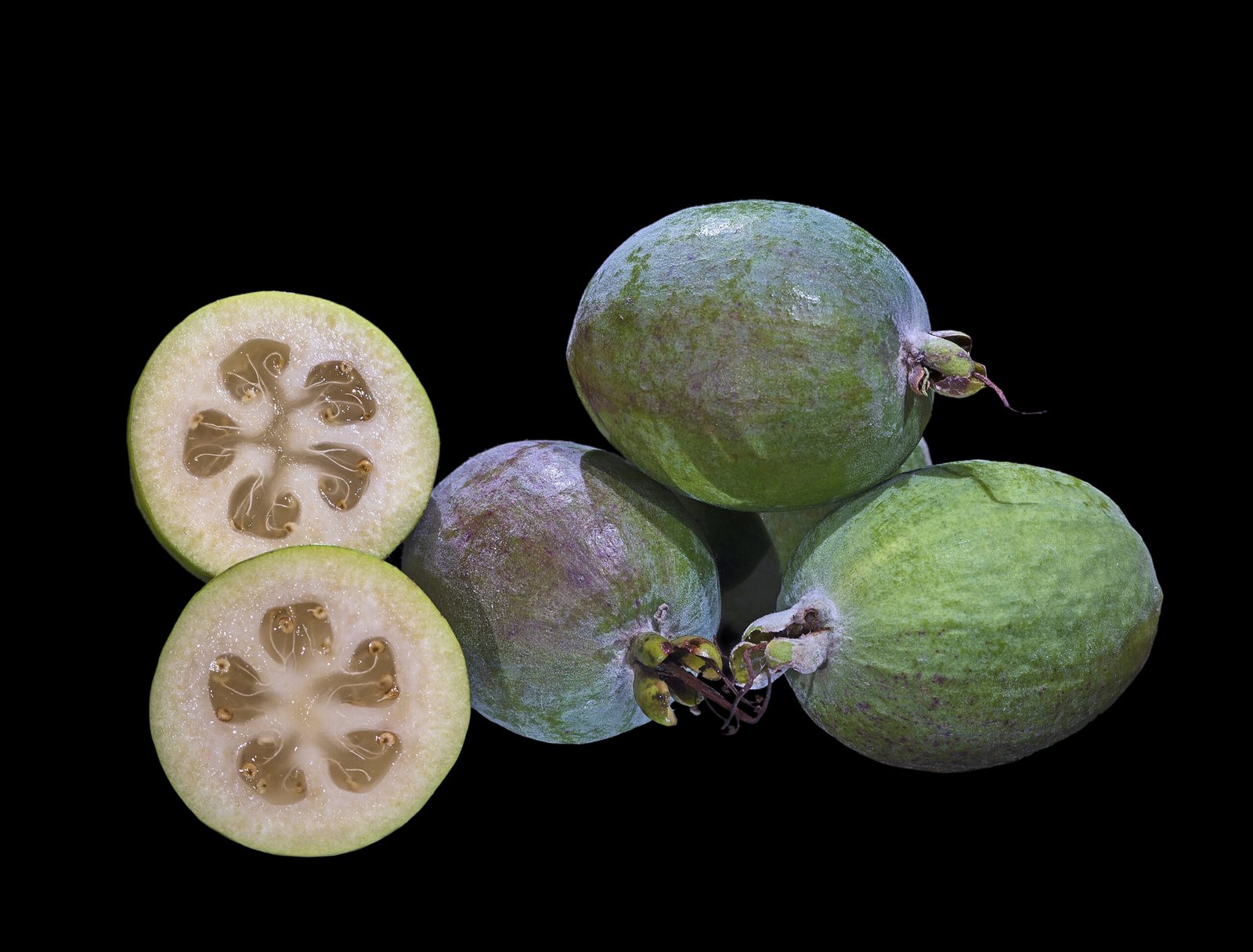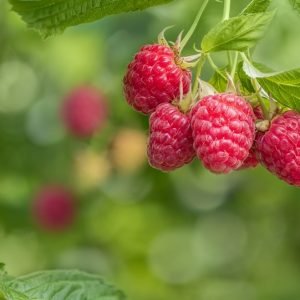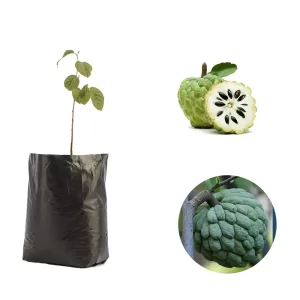Feijoa Sellowiana, Pineapple Guava Seedlings.
Feijoa, or pineapple guava, is a sweet, aromatic fruit native to South America. Its flavor combination is reminiscent of pineapple, apple, and mint. Rich in vitamin C and dietary fiber, feijoa fruits are a nutritious addition to any diet.
We are located along the northern bypass in Nairobi, opposite Kenyatta University Teaching, Research and Referral Hospital, Kahawa West. Order your Feijoa fruit tree (Pineapple Guava) in Nairobi County with us today!!!
KSh 1,000.00
CompareWhere can I buy Feijoa sellowiana, Pineapple guava seedlings in Kenya? Welcome to Pasharn Fruit Nursery Ltd. We have pineapple guava seedlings ready for transplanting.
Contact us through +254 783 448 742 or +254 705 855 633
Feijoa trees usually fruit two years after planting and should be fed regularly from spring to late summer to ensure a healthy tree and bumper harvest.
The fruit matures in autumn, and the skin is green. Its shape is roughly that of a prolate spheroid about the size of a chicken egg. It is sweet, slightly tart, with an aromatic bouquet reminiscent of tropical fruits such as passion, cherry guava, or pineapple. The flesh is juicy and is divided into a clear, gelatinous seed pulp and a firmer, slightly granular, opaque flesh nearer the skin. The fruit falls to the ground when ripe and at its fullest flavour, but it may be picked from the tree before falling to prevent bruising.
The fruit pulp resembles the closely related guava, having a gritty texture. The feijoa pulp is used in some natural cosmetic products as an exfoliant. Feijoa fruit has a distinctive, potent smell that resembles that of a fine perfume. The aroma is due to methyl benzoate and related compounds in the fruit.

Feijoas will mature into a sprawling shrub but can be kept successfully as a large container plant, though accommodations will need to be made for the width of the plants and the need to encourage new growth for fruit production.
HOW TO EAT A FEIJOA FRUIT
Although the skin is edible, the fruit is usually eaten by cutting it in half, then scooping out the pulp with a spoon. The fruit has a juicy, sweet seed pulp and slightly gritty flesh nearer the skin. The flower petals are edible. The most common uses are eating raw, desserts such as sorbet, sweet pies, crumbles, or in salads. They are regularly consumed by birds.
Feijoa Nutrition
Feijoa is a good source of Vitamin C, potassium, and dietary fiber. One cup of ½-inch chunks (205 grams) of feijoa contains:
Calories: 125
Carbohydrates: 31 grams
Fiber: 13 grams
Magnesium: 18 milligrams
Potassium: 353 milligrams
Vitamin C: 67 milligrams
Folate: 47 micrograms
Health Benefits of Feijoa
In traditional medicine, tea made from the leaves of the feijoa plant was used to treat cholera and dysentery.
Scientifically demonstrated feijoa benefits include:
Antibacterial, Antifungal, and Antioxidant Activities
Lab studies have found that feijoa extracts have plant compounds that have antioxidant properties. Researchers say that the feijoa peel has higher antioxidant levels than the flesh.
Antioxidants are substances that may help prevent some forms of cell damage, including that caused by free radicals. Free radicals are unstable molecules that form during natural body processes or following exposure to pollutants such as radiation.
Help Maintain a Healthy Weight
Dietary fiber not only prevents constipation but also may help you:
- Maintain bowel health
- Lower your risk of dying from heart disease and cancer
- Control blood sugar levels
When you eat high-fiber foods like feijoa, you tend to eat less and stay full longer. These foods also take longer to eat. This means that these foods can help you achieve a healthy weight.
Men should aim for about 30 to 38 grams of fiber a day. Women should eat at least 21 to 25 grams a day.
High in Folate
Like other tropical fruits, feijoa is high in folate. Folate is the natural form of vitamin B9. The manmade version of folate is known as folic acid. The recommended daily amount of folate for adults is 400 micrograms. If you’re pregnant or planning to become pregnant, you should get 400 micrograms to 1,000 micrograms of folate.
Folate is especially important during pregnancy because it can prevent birth defects of the neural tube, such as spina bifida. Folate may also help:
- Reduce your risk of certain cancers
- Lower your risk of cardiovascular disease
- Treat depression.







There are no reviews yet.